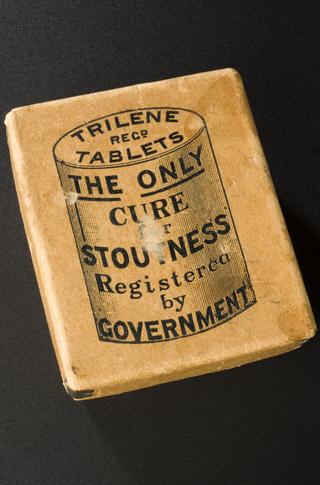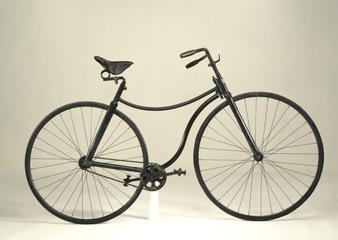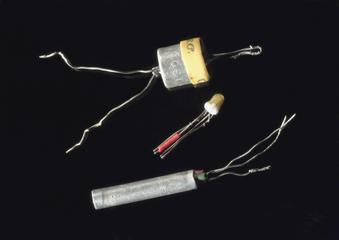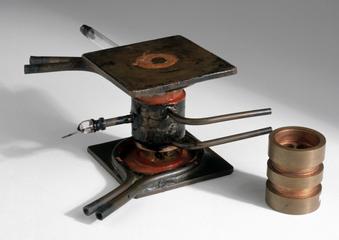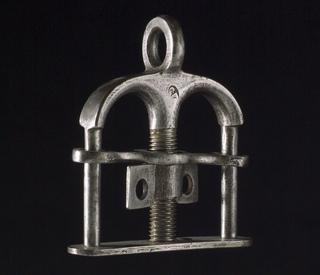
One of Fleming's first thermionic diode valves, 1889
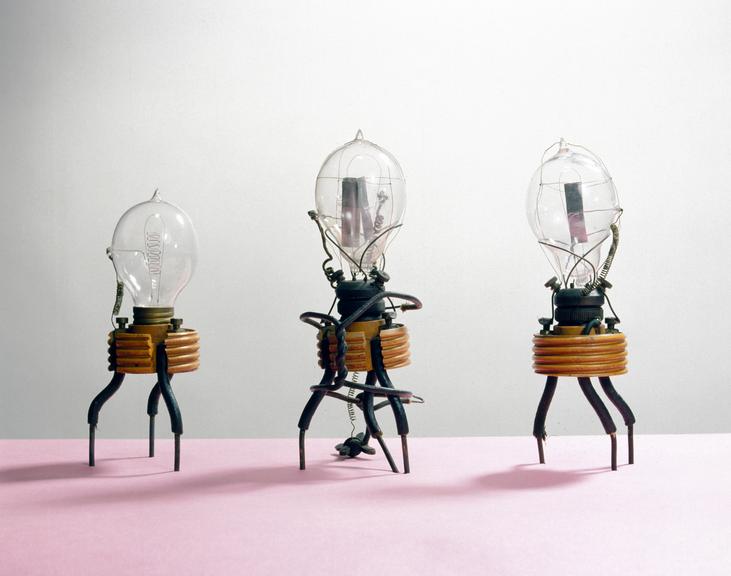
Thermionic valve, one of three original examples, by Sir John Ambrose Fleming, London, England, 1904. This valve uses a lamp with a flat rectangular aluminium filament, by Edison & Swan United Electric Company, London, England, 1889.
Original thermionic diode valve invented by Sir John Ambrose Fleming, made by the Edison & Swan United Electric Light Company, London, England, 1889.
This is one of the original valves used by Sir John Ambrose Fleming in his research during 1889 into the 'Edison Effect' - where an extra electrode connected to the positive end of the filament inside a carbon filament light bulb would create a small but measurable charge. After being stored in a cupboard for several years, the valves were once again put to use in 1904 during some experiments by Fleming, resulting in the invention of the two-electrode valve. A few years later American engineer Lee de Forest improved on Fleming’s valve to invent the audion, or triode, which could amplify as well as detect signals. A long and painful legal battle over patent rights for the thermionic valve followed between Fleming and de Forest.
Details
- Category:
- Electronic Components
- Object Number:
- 1925-814/1
- Measurements:
-
overall: 225 x 70 mm
weight: 1.62kg
weight: 3.57151lbs
- type:
- thermionic emission, diode valves and electronic valves
- credit:
- Sir John Ambrose Fleming
